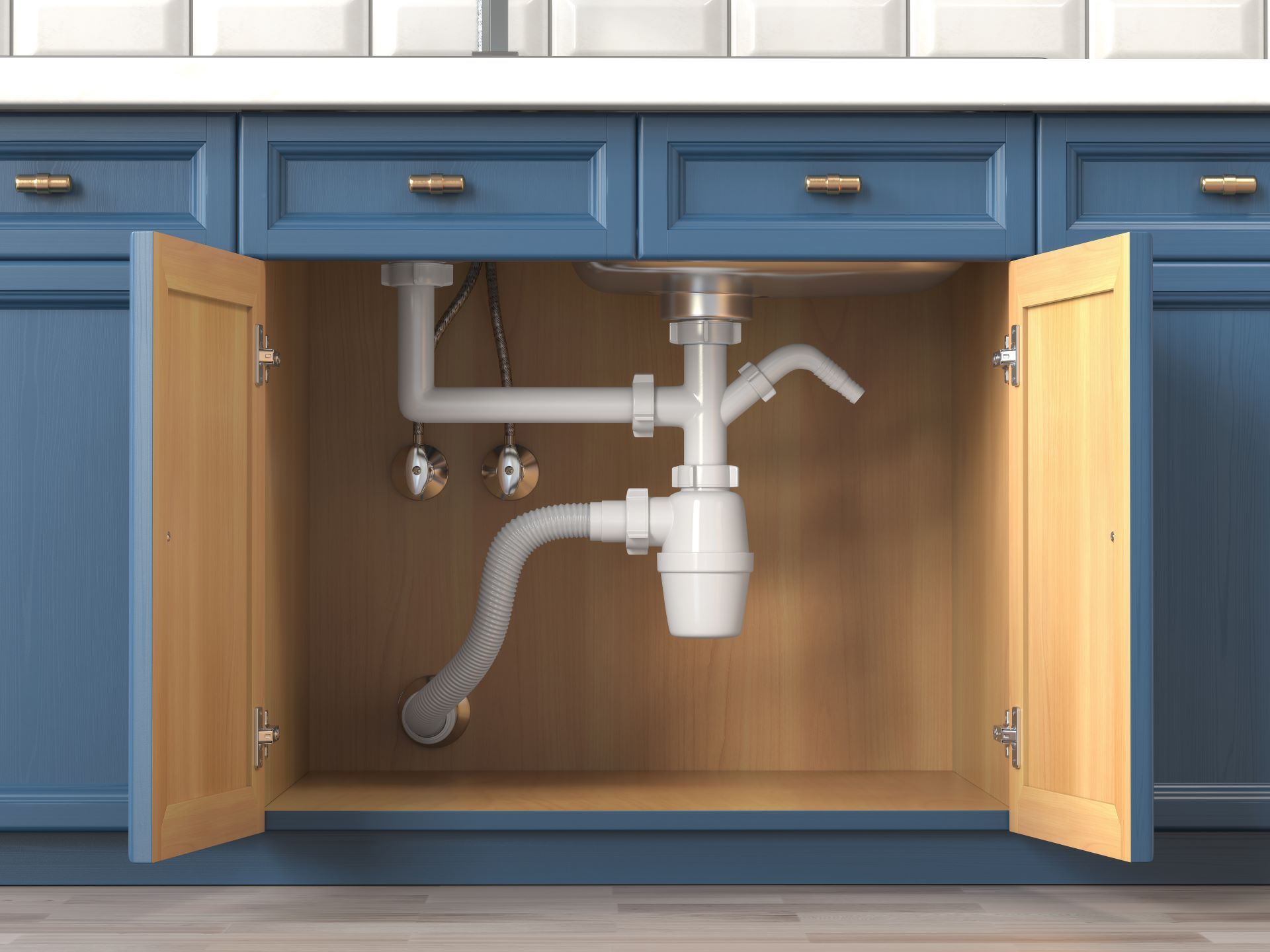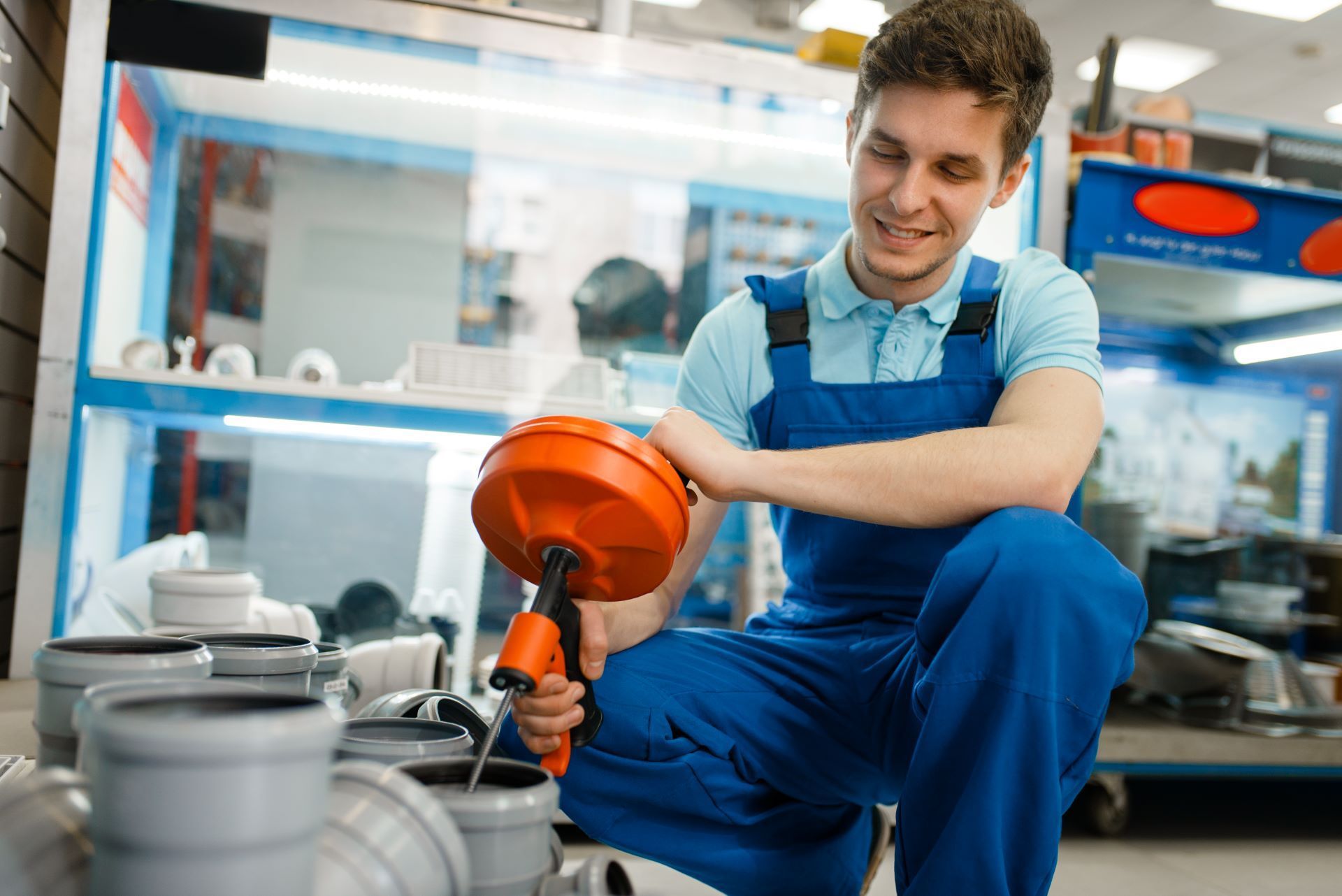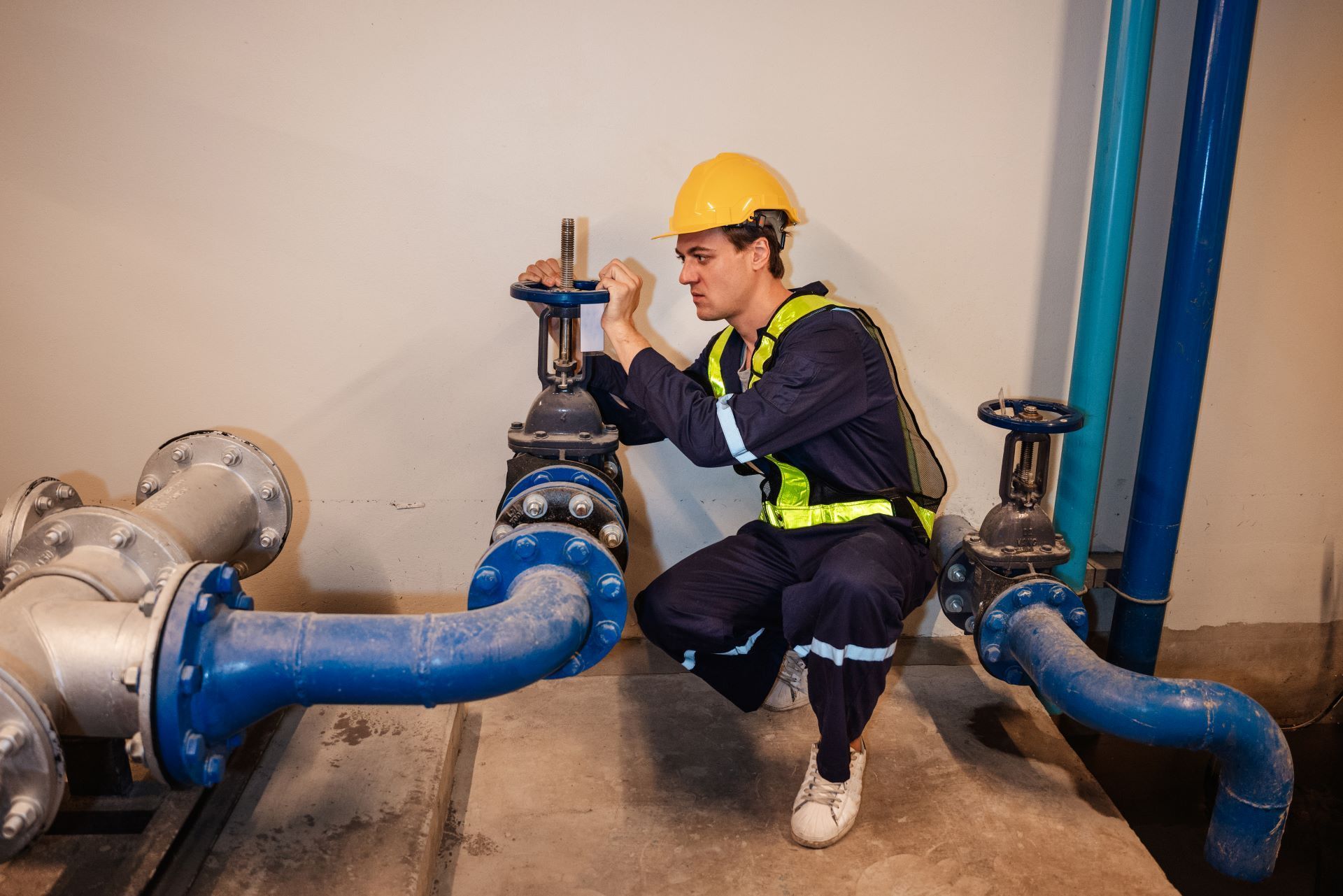Join the Lutz Loyalty Club and start saving today!
How Does Plumbing Work in an Apartment Building?
Jul 29, 2022

How Does Apartment Building Plumbing Work?
Trust Eyman notes that various plumbing system similarities include:
- Two pipe system – one set uses pressure to bring fresh water in, and one set uses gravity and air vents to take used water out
- Traps below sinks, bathtubs, and toilets seal the drain system to keep water from backing up
- Shut-off valves are located throughout the system
- A meter measures water usage
- The cold water comes out of a tap, and hot water is produced using a water heater.
Various multiple dwelling building plumbing systems have key differences from single-family apartment building plumbing systems. There are also differences between multiple dwelling plumbing systems and a multi-story plumbing system!
Multiple dwelling plumbing systems
Similar to the way single-family home plumbing systems work, multiple dwelling plumbing systems also operate from a municipal supply and system of pipes. The only difference is that there are a lot more pipes because they have to go to a lot more places.
- A system of hot and cold water lines brings fresh water to faucets located in the kitchen and bathroom.
- Water hookups can exist to provide water to "dishwashers, disposers, ice makers and other appliances."
- Drain-waste-vent (DWV) functions to carry wastewater away from each unit
Multi-story plumbing system
Multi-story housing has a few more concerns that need to be addressed to provide tenants with an adequate water supply.
Pressure
Water in a multi-story plumbing system has to travel a lot farther up the building. There are a few different systems that apartments can use, including:
- Gravity-based roof tanks that bring up water from the ground tank and distribute it down to the floors located on the top half of the building
- Utilizing booster pumps that add additional pressure were needed to help water reach the upper-level apartments
- Hydro-pneumatic storage tanks that bring in water from the municipal supply and use air pressure to push water around
Drainage
There are various systems apartments use to carry waste water away from apartments:
- Branch lines: moves water from the unit to the horizontal lines. One pipe system carries both liquid and solid waste, whereas two-pipe systems have a pipe for each.
- Vertical stacks: go along the building from bottom to top and include waste stacks (from showers and sinks), soil stacks (from urinals or toilets), and vent stacks that provide airflow
- Horizontal underground lines: run below the building using gravity to move the apartments wastewater to the waste system
Water heaters
More often than not, each unit will have its own water heater that sends hot water up to the apartment as needed!
Control valves and water meters
Each unit will have its own control valves to lessen the chances of cross-contamination and turn off the water without turning it off for the building. Each unit will also usually have its own water meter to track how water usage rather than measuring the whole building.
Common Plumbing Problems in Apartment Buildings
Lesso discusses several plumbing issues that can arise in any plumbing system, including:
Toilet clogs
Occurs due to a blockage stopping the wastewater from exiting the unit. This can cause quite a mess if not taken care of by either plunging or using a drain auger to remove the blockage.
Drain clogs
Grease residue and other materials can cause your sink drains to clog up and can be easily fixed by using a trusted drain cleaner or plunger (made for sinks) to remove the blockage.
Frozen pipes
During the winter, it's common for apartment pipes to freeze, which can cause cracked or burst pipes. Applying warm water or hot air from a blow dryer will hopefully fix this issue. Do not use apply flames directly to the pipe.
Leaking fixtures
Miscellaneous damages throughout the unit are usually the cause of leaking fixtures. Locating the leak and turning off the water to replace a worn-out rubber washer or using thread tape to tighten connections is the best way to fix these issues yourself.
Weak water pressure
Oftentimes, clogged aerators are the reason that water pressure may be low. In this case, it usually means it's time for a new aerator.
Water leaks and damage
Because a water leak in an apartment can lead to water spreading in all directions, it can cause water damage in all directions. Avoiding overflowing water and bursting pipes will minimize instances of water damage.
How to Avoid Plumbing Issues
Plumbing can be costly in smaller living spaces. So, in order to avoid expensive plumbing repairs in multi-unit homes/buildings, regular maintenance is a must. This includes things like:
- Checking for sewer leaks regularly
- Schedule regular plumbing maintenance
- Keep an eye out for dirty water by regularly inspecting the water quality
- Utilize drain screens to keep unwanted debris out of drain pipes
Apartment building plumbing systems can be more difficult to maintain and repair than single-family homes. Working with a professional plumbing company to avoid a major catastrophe. If you're in need of a plumbing company that is comfortable working on large, multi-dwelling systems, contact Lutz Plumbing today for professional apartment building plumbers !
Share Post
Download the Lutz Plumbing App!
Schedule a Service
Membership Access
Access to Exclusive Offers
Manage Financing
... And More!
Free Safety Inspection
Free Extended Warranties
15% Discount
Free Priority Service
Member Only Specials
No Extra Charges for After Hour Service
Hundreds of Five-Star Reviews
Read why happy customers choose us over and over again.
When you have a
plumbing problem in the Kansas City area, you can rely on Lutz Plumbing to be have 24 hour response time. We are a local, family-owned business who shows up on time and ready to tackle your plumbing problems head on.
From leak detection to water heater service and installation, Lutz Plumbing gives you prompt, efficient and high quality plumbing services from knowledgeable technicians.
Read more about what hundreds of customers like you are saying about our five-star service, or call us today at
913-888-9500 and tell us about your problem today.

Dan
"We called at 6:30 on Sunday evening and Brent was at our door at 7:25 and was extremely professional and completed the work in a clean manner. We will be called Lutz Plumbing moving forward!"
Read All Reviews →
John K.
"The employees are always on time and very knowledgeable about the work to be completed. Very impressed, as always."
Read All Reviews →
Amanda
"I called 27 different plumbers at 11 at night, no one could come or they didn't answer. Brent called back 3 minutes later and came right out and fixed it right away. The price was less than other's day prices, so glad you are in business. I will always use Lutz plumbing from now on."
Read All Reviews →
Articles for Homeowners

Find Your Service Location
List of Services
-
Belton, MOBelton, MO
-
Blue Springs, MOBlue Springs, MO
-
Bonner Springs, KSBonner Springs, KS
-
De Soto, KSDe Soto, KS
-
Eudora, KSEudora, KS
-
Excelsior Springs, MOExcelsior Springs, MO
-
Gardner, KSGardner, KS
-
Gladstone, MOGladstone, MO
-
Grain Valley, MOGrain Valley, MO
-
Grandview, MOGrandview, MO
-
Independence, MOIndependence, MO
-
Kansas City, KSKansas City, KS
-
Kansas City, MOKansas City, MO
-
Lansing, KSLansing, KS
-
Lawrence, KSLawrence, KS
-
Leavenworth, KSLeavenworth, KS
-
Leawood, KSLeawood, KS
-
Lee's Summit, MOLee's Summit, MO
-
Lenexa, KSLenexa, KS
-
Liberty, MOLiberty, MO
-
Linwood, KSLinwood, KS
-
Merriam, KSMerriam, KS
-
Mission, KSMission, KS
-
North Kansas City, MONorth Kansas City, MO
-
Olathe, KSOlathe, KS
-
Overland Park, KSOverland Park, KS
-
Parkville, MOParkville, MO
-
Platte City, MOPlatte City, MO
-
Prairie Village, KSPrairie Village, KS
-
Raymore, MORaymore, MO
-
Roeland Park, KSRoeland Park, KS
-
Shawnee, KSShawnee, KS
-
Spring Hill, KSSpring Hill, KS
-
Tiffany Springs, MOTiffany Springs, MO
Local Office
21961 W 83rd St
Lenexa, KS 66227
Contact
Office Hours
Monday - Friday: 8a - 6p
Saturday: 8a - 4p
24 Hour Response
License
#20202383
Financing














